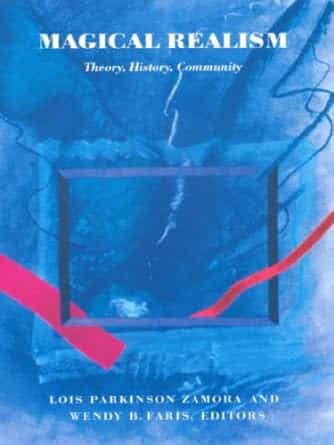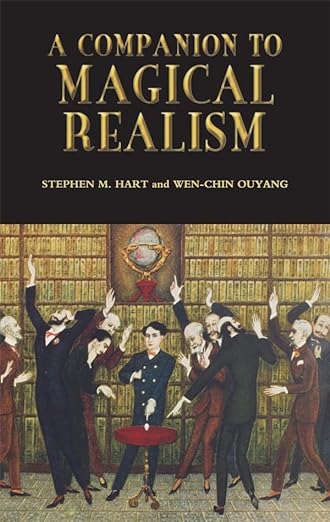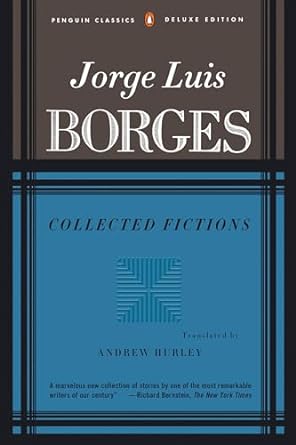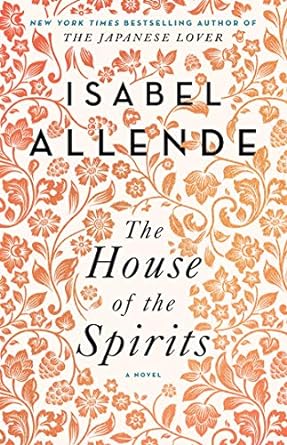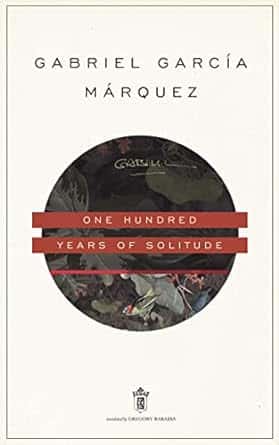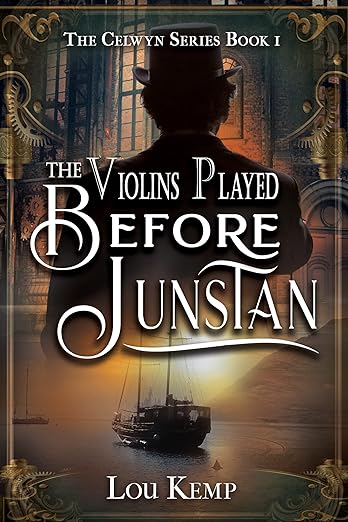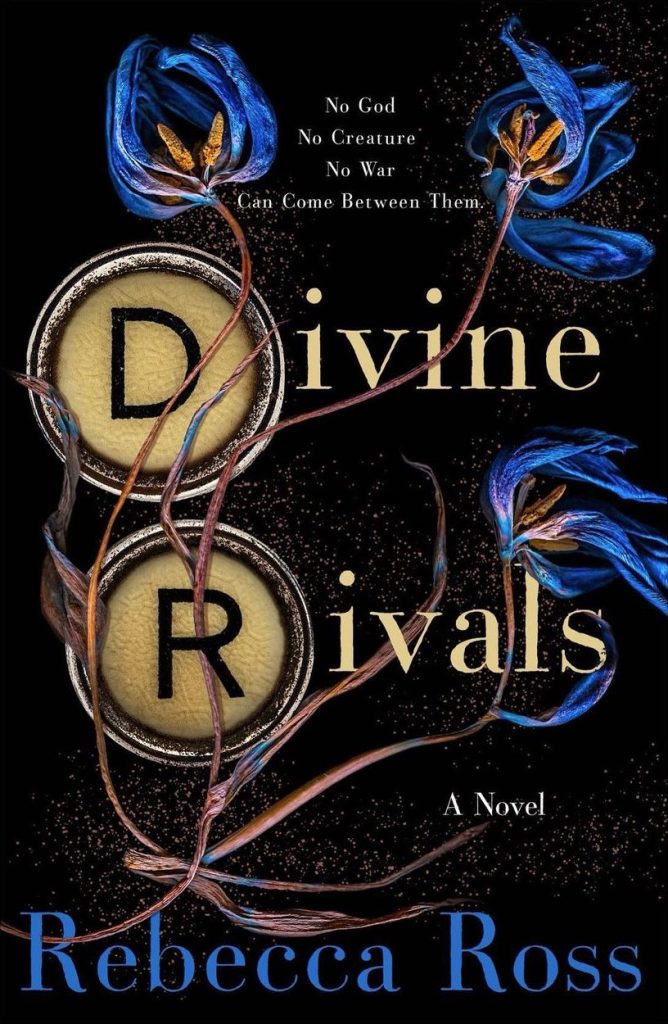You may have recently stumbled upon the genre term “Magical Realism” and been left in a state of befuddlement since the two words together sound like an oxymoron. Magical Realism has continued to gain popularity throughout the mid-20th century.
One of the most famous examples of this literary genre (and a contributing factor to the rise of this literary movement) is J K Rowling’s Harry Potter fantasy novels. This literary style combines ordinary life and real world problems with magical events, supernatural elements, and mythical elements to craft engaging stories that capture our imaginations as few other things do, and they have become a classic example of what the world knows as Magical Realism.
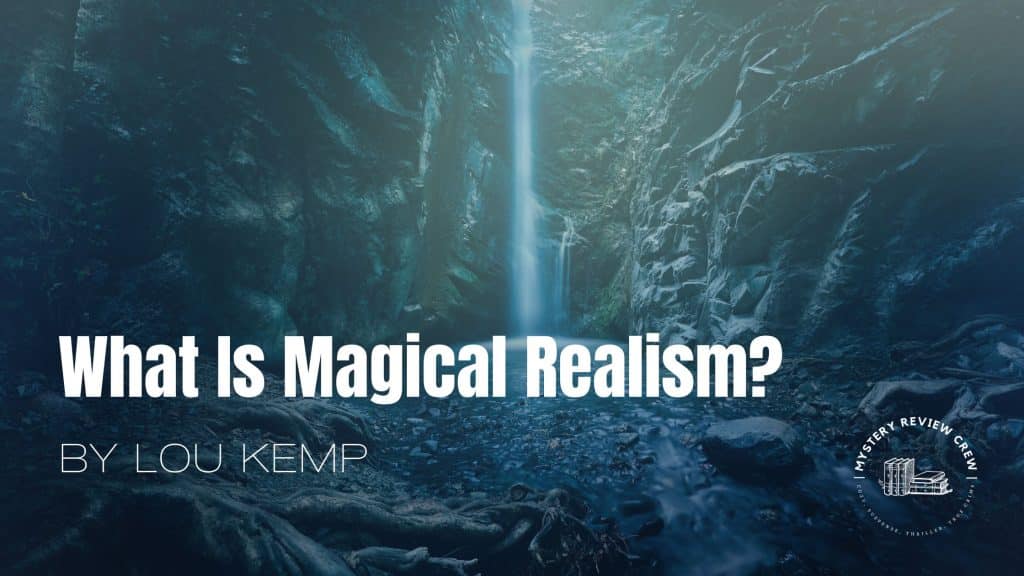
*Affiliate links are used in this article. The Mystery Review Crew is an Amazon Affiliate and, as such, earns from qualifying purchases. See our privacy policy and disclosures for more information.
All about Magical Realism
Magic Realism is defined as “a literary genre or style associated especially with Latin American literature that incorporates fantastic or mythical elements into otherwise realistic fiction” – Merriam-Webster. However, it is no longer associated mainly (or “especially”) with Latin American authors because it is so prevalent everywhere.
Magical Realism has spread throughout the world as readers become more captivated by the genre, however, the lines are often blurred between what is truly Magical Realism and another genre like Fantasy, or Science Fiction.
The term, magical realism usually describes a genre of literature or dramatic performances with specific characteristics that usually mention magical, or supernatural, phenomena. So what then is the real difference between Magical Realism and other genres you may ask? Read on to find out.
How is magical realism different from fantasy?
Both may include magical elements, but magical realism will include a greater amount of realistic detail and will provide magical elements to marry the story to reality. Generally, fantasy stories are purposely separated from reality. Another modern tell-tale element of magical realism is when it is part of Steampunk movies and literature.
Author Amaryll Beatrice Chanady distinguishes magical realist literature from fantasy literature based on differences between three shared dimensions:
- the presence of two conflicting supernatural codes or premises
- events are included that cannot be integrated into a logical structure
- authorial reticence
Chanady continues: “In fantasy, the presence of the supernatural code is perceived as problematic, something that draws special attention—where in magical realism, the presence of the supernatural is accepted. In fantasy, while authorial reticence creates a disturbing effect on the reader, it works to integrate the supernatural into the natural framework in magical realism.”
Magical realism presents the supernatural as true. In Toni Morrison’s Beloved, appearances by ghosts who haunt the inhabitants of their previous residence are presented by the narrator as ordinary occurrences. The reader can accept the marvelous as normal and common.
A few books to consider when diving deeper into the craft of Magical Realism:
Magical Realism: Theory, History, Community by Lois Parkinson Zamora and Wendy B. Faris
Magical realism is often regarded as a regional trend, restricted to the Latin American writers who popularized it as a literary form. In this critical anthology, the first of its kind, editors Lois Parkinson Zamora and Wendy B. Faris show magical realism to be an international movement with a wide-ranging history and a significant influence among the literatures of the world. In essays on texts by writers as diverse as Toni Morrison, Günter Grass, Salman Rushdie, Derek Walcott, Abe Kobo, Gabriel García Márquez, and many others, magical realism is examined as a worldwide phenomenon.
A Companion to Magical Realism by Stephen M. Hart and Wen-Chin Ouyang
The Companion to Magical Realism provides an assessment of the world-wide impact of a movement which was incubated in Germany, flourished in Latin America and then spread to the rest of the world. It provides a set of up-to-date assessments of the work of writers traditionally associated with magical realism such as Gabriel Garca Marquez [in particular his recently published memoirs], Alejo Carpentier, Miguel Angel Asturias, Juan Rulfo, Isabel Allende, Laura Esquivel and Salman Rushdie. New authors such as W.B. Yeats, Seamus Heaney, José Saramago, Dorit Rabinyan, Ovid, Mara Luisa Bombal, Ibrahim al-Kawni, Mayra Montero, Nakagami Kenji, José Eustasio Rivera and Elias Khoury, were discussed for the first time in the context of magical realism.
How does magical realism differ from science fiction?
While science fiction and magical realism both change the idea of what is real and play with human imagination, they differ greatly. In Aldous Huxley’s Brave New World “science fiction’s requirement of a rational, physical explanation for any unusual occurrences is evident.” Laura Esquivel’s Like Water for Chocolate is a great example of magical realism elements.
Emma Allman offers this distinction in her essay on magical realism for Book Riot:
…magical realism uses magical elements to make a point about reality. This is as opposed to stories that are solidly in the fantasy or sci-fi genres which are often separate from our own reality. There is a distortion effect in the very fiber of the prose that forces the reader to question what is real and often opens up avenues of reality we may not have thought possible before reading the story. The realities being questioned can be societal, familial, mental, and emotional, just to name a few.
A little history of magical realism:
In their fairy tales and short stories, 19th-century Romantic writers T. A. Hoffmann and Nikolai Gogol, began a trend within Romanticism and that was threaded with magical realism. Neil Gaiman is also very well known for his realistic setting with fantastical elements, and one of his most well known books is Ella Enchanted. Jules Verne has been called the godfather of magical realism, and also of a new brand of fantasy. His Journey to the Center of the Earth, The Mysterious Island, 20,000 Leagues Under the Sea, and The Sea Serpent are great examples of the blending of the two methods. Many of his other works are labeled as science fiction. The line blurs throughout these novels and many others.
These classic works of literary fiction have a rich thread of unexpected reality in them that immerse us into a fictional world unlike our own yet is so similar to our everyday life that we can’t help but be enamored by it. Magical Realism allows us to visualize having magical creatures, and experiment with different kinds of magic while taking a closer look at the world around us in ways we may not have previously considered. The rich history of magical realism continues to expand and grow with each new book written.
A few examples of magical realism books are:
Collected Fictions by Jorge Luis Borges (he is one of the best Spanish writers of the last century, but surprisingly he never received a Nobel prize).
Jorge Luis Borges returns again and again to his celebrated themes: dreams, duels, labyrinths, mirrors, infinite libraries, the manipulations of chance, gauchos, knife fighters, tigers, and the elusive nature of identity itself.
Playfully experimenting with ostensibly subliterary genres, he took the detective story and turned it into metaphysics; he took fantasy writing and made it, with its questioning and reinventing of everyday reality, central to the craft of fiction; he took the literary essay and put it to use reviewing wholly imaginary books.
The House of the Spirits by Isabel Allende
The House of the Spirits, is the unforgettable first novel that established Isabel Allende as one of the world’s most gifted storytellers, brings to life the triumphs and tragedies of three generations of the Trueba family. The patriarch Esteban is a volatile, proud man whose voracious pursuit of political power is tempered only by his love for his delicate wife Clara, a woman with a mystical connection to the spirit world.
When their daughter Blanca embarks on a forbidden love affair in defiance of her implacable father, the result is an unexpected gift to Esteban: his adored granddaughter Alba, a beautiful and strong-willed child who will lead her family and her country into a revolutionary future.
One Hundred Years of Solitude by Nobel Laureate Gabriel García Márquez (Cites Franz Kafka’s The Metamorphosis, as a formative influence).
The novel tells the story of the rise and fall of the mythical town of Macondo through the history of the Buendía family. Rich and brilliant, it is a chronicle of life, death, and the tragicomedy of humankind. In the beautiful, ridiculous, and tawdry story of the Buendía family, one sees all of humanity, just as in the history, myths, growth, and decay of Macondo, one sees all of Latin America.
Love and lust, war and revolution, riches and poverty, youth and senility, the variety of life, the endlessness of death, the search for peace and truth—these universal themes dominate the novel. Alternately reverential and comical, One Hundred Years of Solitude weaves the political, personal, and spiritual to bring a new consciousness to storytelling.
The Violins Played Before Junstan, the Celwyn Series:
The story opens in the 1860s on the docks of San Francisco where, the immortal peyote-eating magician Celwyn is hired to deliver an automat, Professor Kang, to a priest. The steampunk atmosphere is as thick as the fog. But Celwyn quickly learns that everything the priest told him was a lie.
Divine Rivals by Rebecca Ross, The Letters of Enchantment Series.
When two young rival journalists find love through a magical connection, they must face the depths of hell, in a war among gods, to seal their fate forever.
After centuries of sleep, the gods are warring again. But eighteen-year-old Iris Winnow just wants to hold her family together. Her mother is suffering from addiction and her brother is missing from the front lines. Her best bet is to win the columnist promotion at the Oath Gazette.
To combat her worries, Iris writes letters to her brother and slips them beneath her wardrobe door, where they vanish―into the hands of Roman Kitt, her cold and handsome rival at the paper. When he anonymously writes Iris back, the two of them forge a connection that will follow Iris all the way to the front lines of battle: for her brother, the fate of mankind, and love.
Recent movies with magical realism:
Some feature a steampunk setting (typical of magical realism), and some take an ordinary situation and lightly layer in magical realism—just enough to send a shiver up a reader’s arms. Many of these examples are not advertised as containing magical realism, yet it is so much of the plot, it is accepted.
- The remakes of Sherlock Holmes with Robert Downey Jr. (2009)
- Memoria (2021)
- Reservation Dogs (2021)
- Encanto (2021)
- Three Thousand Years of Longing (2022)
- Rainbow (2022)
- Bardo, False Chronicle of a Handful of Truths (2022)
About Author Lou Kemp:
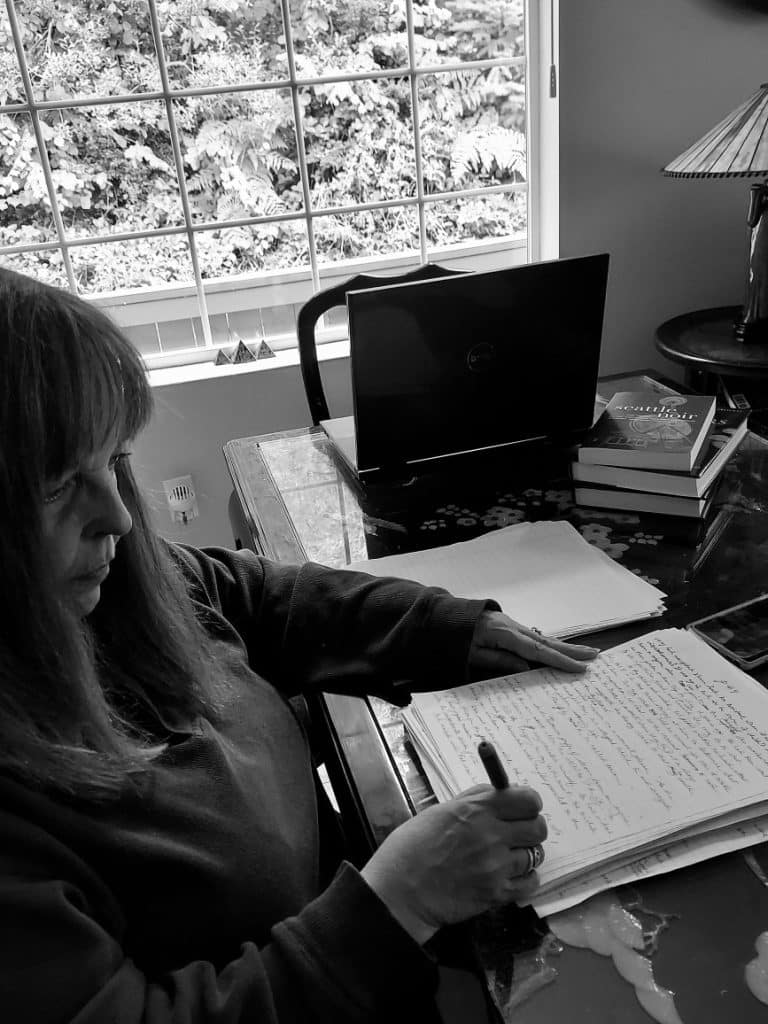
Although originally from California, Lou resides in the Pacific Northwest with family and a herd of cats who like to block her computer screen whenever possible. Before turning to writing full-time, she was an engineer and project manager. When not writing, Lou quilts for charity and edits on a pro-bono basis for other authors.
Early work was horror and suspense, later work morphed into a combination of magical realism, mystery, and adventure painted with a horrific element as needed.
She reports that she is one of those writers who doesn’t plan ahead, has no outlines, and no clue, and sometimes writes herself into a corner. Atmospheric music in the background helps entice the moodier muse that must be present, such as Black by Pearl Jam.
Connect With Lou Kemp: Website | Facebook | Pinterest | YouTube | Twitter | Instagram | TikTok


